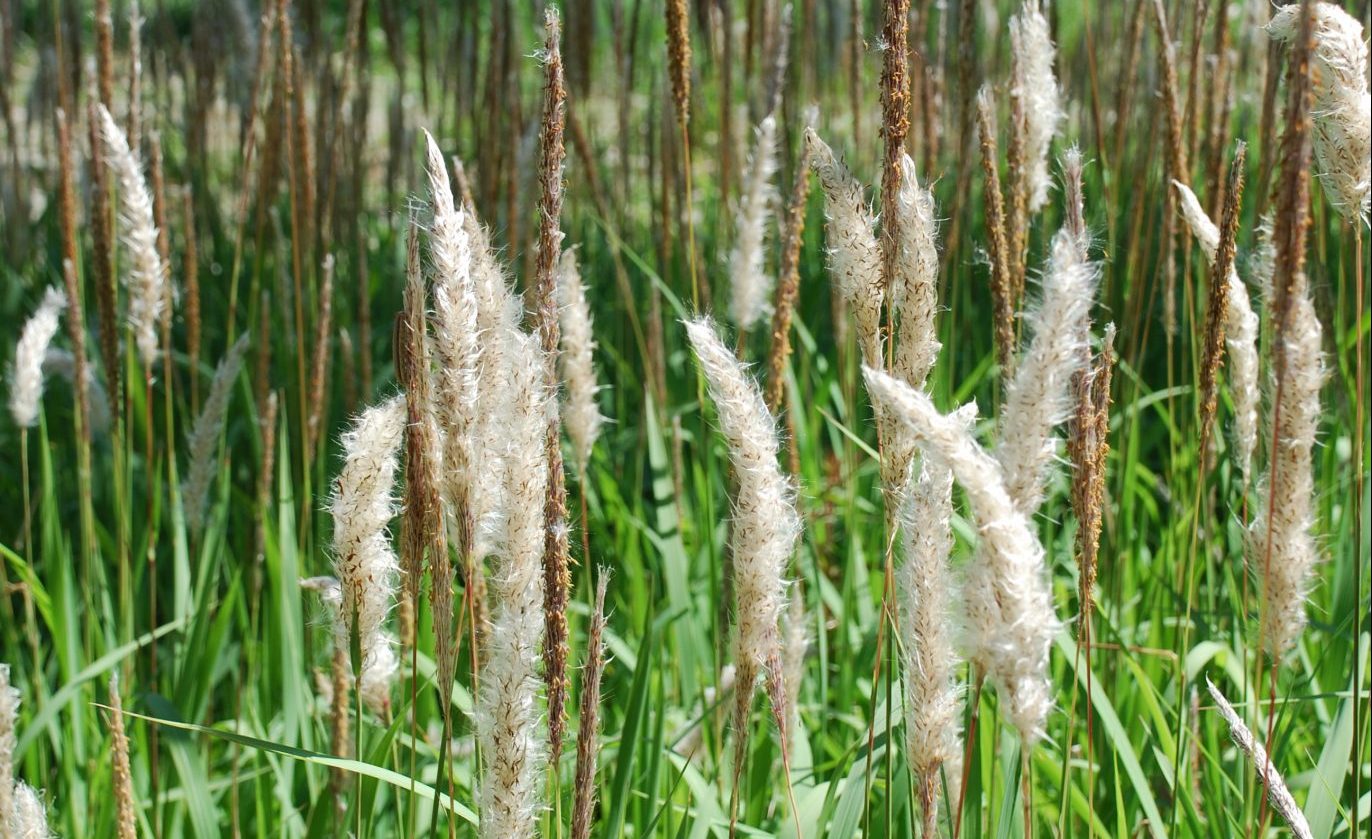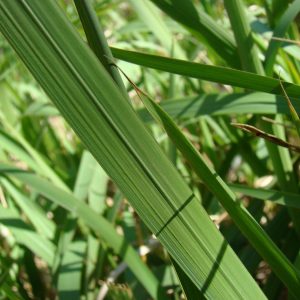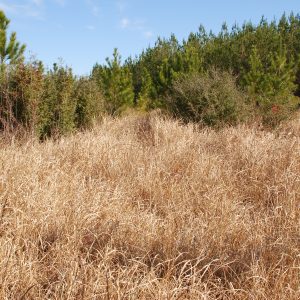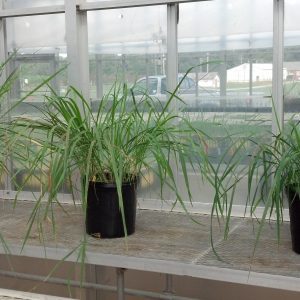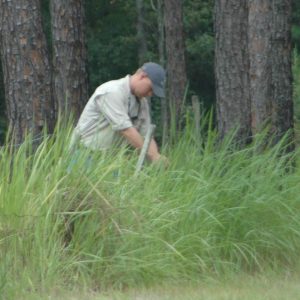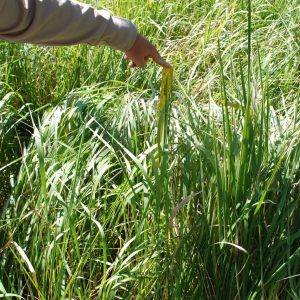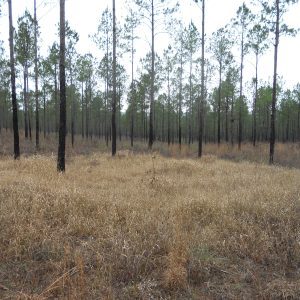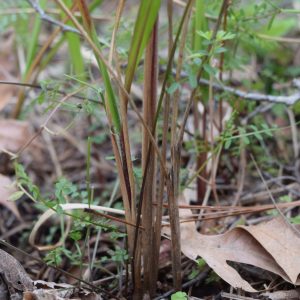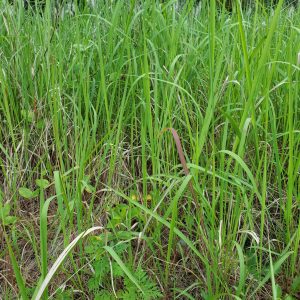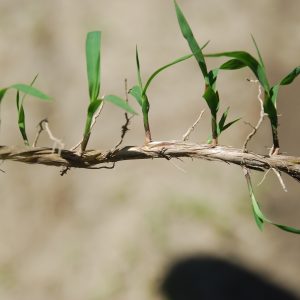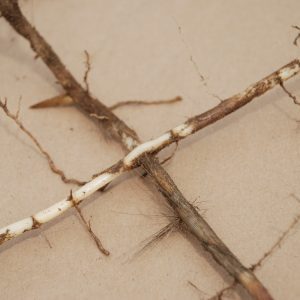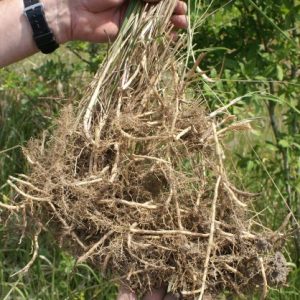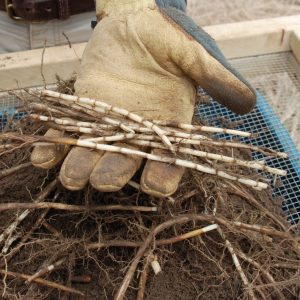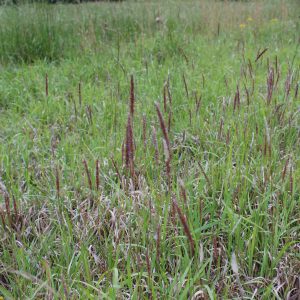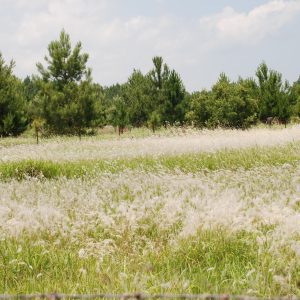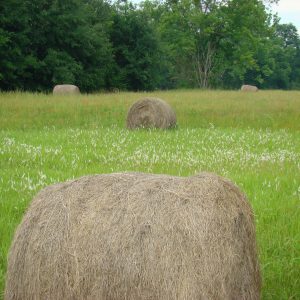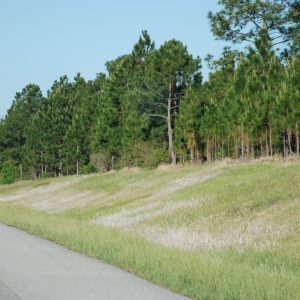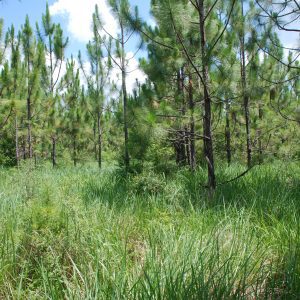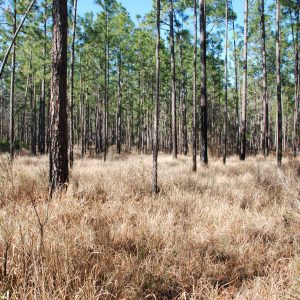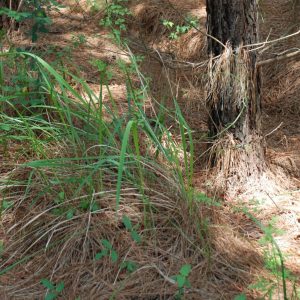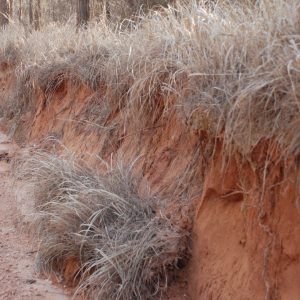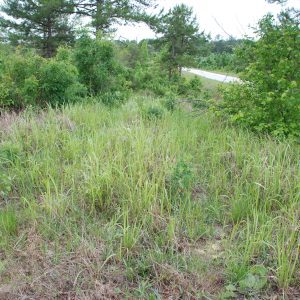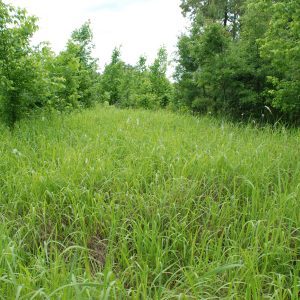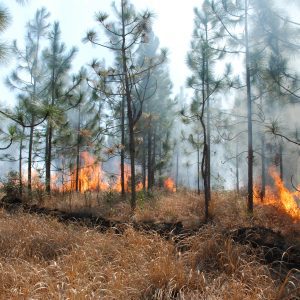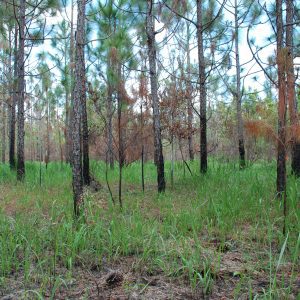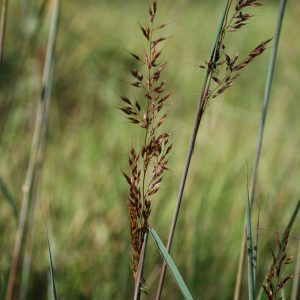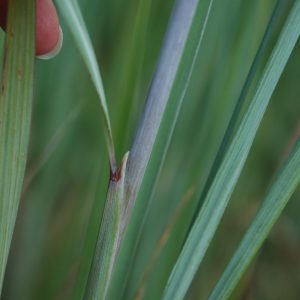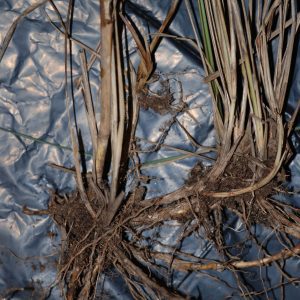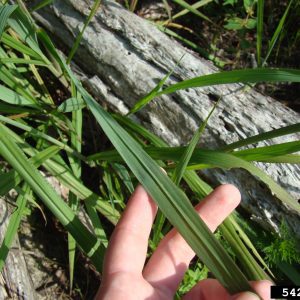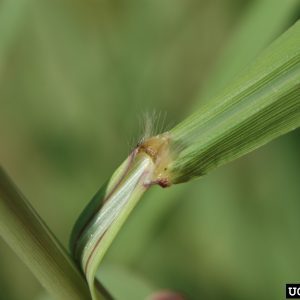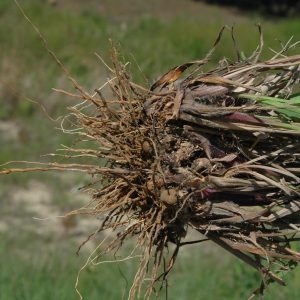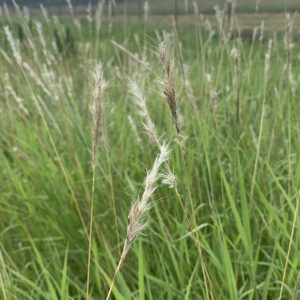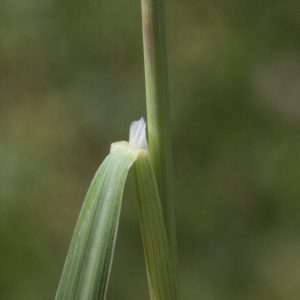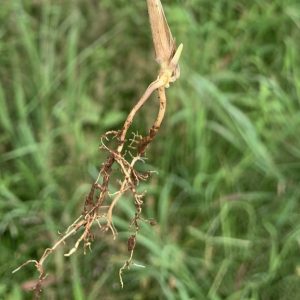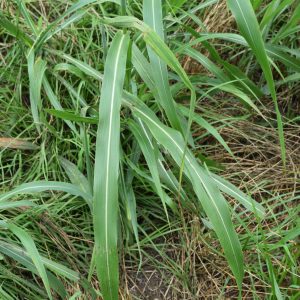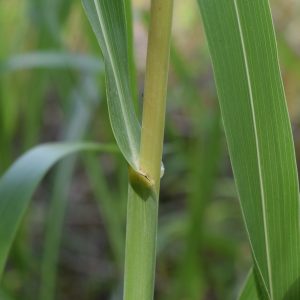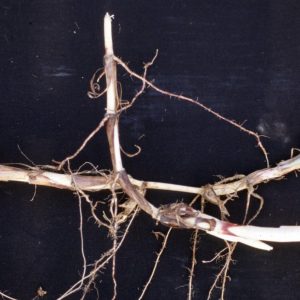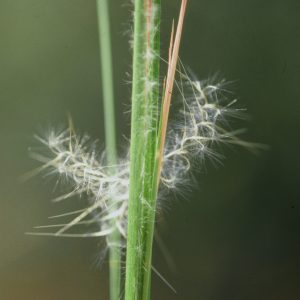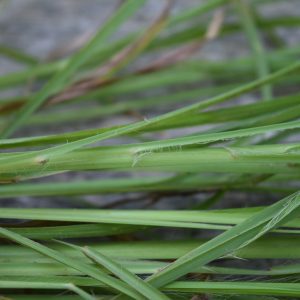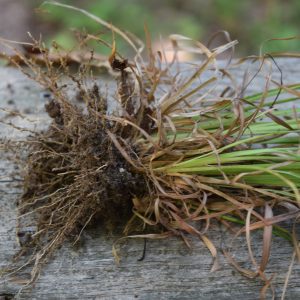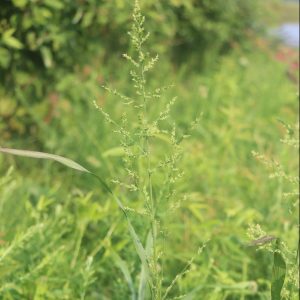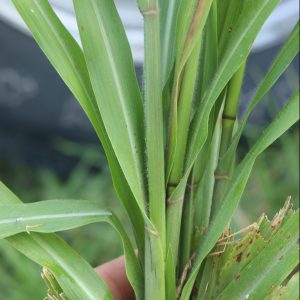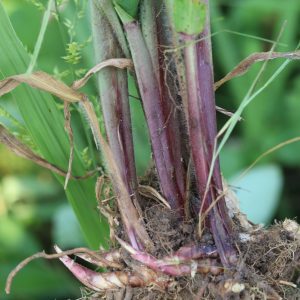Forestry & Wildlife

Known distribution of cogongrass in the United States
Cogongrass (Imperata cylindrica)
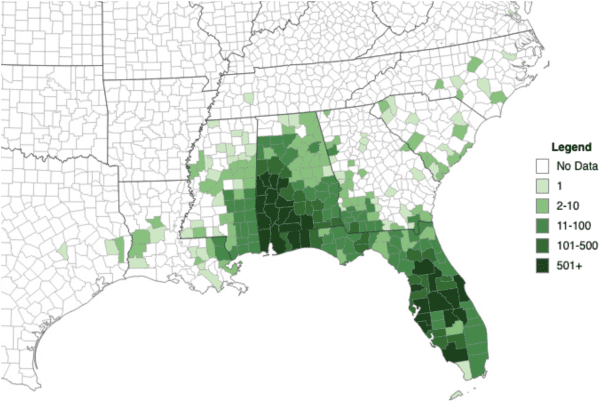
Report new infestations of cogongrass to www.eddmaps.org
Last accessed September 15, 2021
EDDMapS. 2021. Early Detection & Distribution Mapping System. The University of Georgia – Center for Invasive Species and Ecosystem Health. Available online at http://www.eddmaps.org/; last accessed September 15, 2021.
Introduction
Cogongrass (Imperata cylindrica) is an aggressive invader of natural and disturbed areas throughout the Southeast. It is also classified as a federal noxious weed. Cogongrass disrupts ecosystem functions, reduces wildlife habitat, decreases tree seedling growth and establishment success, and alters fire regimes and intensity. Recognizing the presence of cogongrass is necessary before beginning any land management activities. While other species may look similar, cogongrass has a unique combination of characteristics that make field identification possible. This field guide describes and illustrates these characteristics and compares them to other grass species commonly found in similar habitats. Easy-to-understand terminology is used when possible, and definitions for technical terms are provided below.
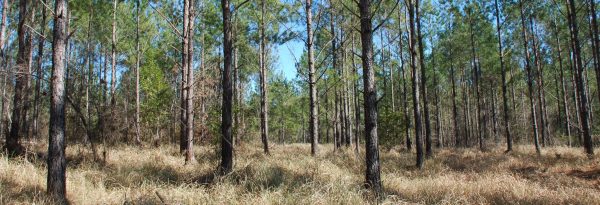
Identification
This booklet gives details on several different characteristics of cogongrass that can be used for identification. Some characteristics may not be visible or apparent, depending on the time of year and growth stage of the plant. Never rely on just one characteristic for identification. Instead, evaluate the whole plant, compare multiple features, and rule out look-a-likes when identifying a potential cogongrass population.
Preferred Habitat
Cogongrass grows best in full sunlight to partial shade and can be found across a wide range of habitats, including roadsides, rights-of-way, open forests, new forest plantations, old fields, and pastures. It occasionally occurs in landscape plantings and lawns. It does not do well in continually wet sites or in areas with frequent tillage.
Definitions
Collar region. Junction of the leaf blade and the leaf sheath
Ligule. Within the leaf collar region, small membranous projection at the base of a leaf blade
Leaf sheath. The lower portion of the leaf that encloses the stem
Flower/seed head. The entire group of flowers or seeds attached to a flower stalk
Rhizome. The underground stem that often roots at the nodes, typically thicker and more fleshy than roots
Key Identification Features of Cogongrass
Leaves
- Typically 2 to 3 feet, but can reach 5 to 6 feet long
- 0.5 to 1 inch wide
- Margins finely serrate (sandpapery)
- Whitish, prominent midrib, may be off center
- Some leaves very erect; others may droop or lie flat
- Often light yellowish-green in color
- Winter thatch remains standing, often reddish tan
- Karan A. Rawlins, University of Georgia, Bugwood.org
Whole Plant
- Densely growing patches
- Averaging 2 to 3 feet tall, but can reach 4 to 6 feet
- Plants turn brown in winter after hard frosts or freezes
- New infestations often in circular patch
Stems/Plant Base
- No apparent stem
- Leaves appear to arise directly from or close to the ground
- Overlapping sheaths give a rounded appearance to the plant base
- Not a bunch grass, instead the plants are more spread out
- Often some thatch around the base

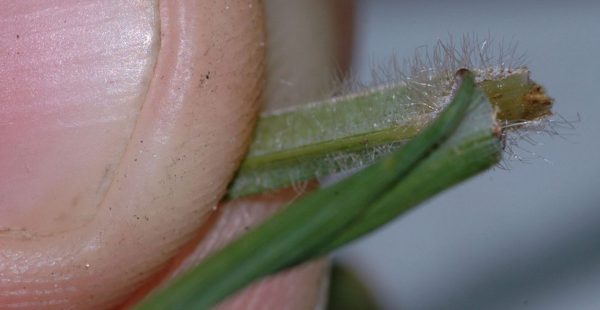
Leaf Collar/Ligule
- Leaf collar region is often hairy Ligule is a thin-fringed membrane
- Leaf sheaths overlap, giving the stem a round appearance
- Leaf sheath may have purplish tinge, but typically green
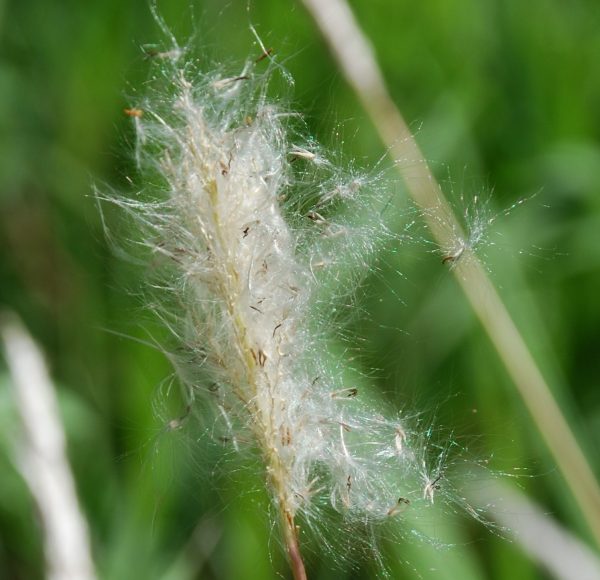
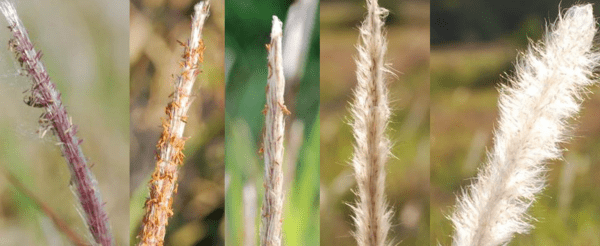
Flower/Seed Head
- Cylindrical in shape
- 2 to 8 inches in length
- Starts off purplish tan, becoming silvery white
- Period from flower-opening to seed dispersal is about 2 weeks
- Light fluffy dandelion-like seed
- Blooms March through June, depending on local climate
- Disturbance may promote blooming at other times
- Some populations do not bloom, especially those in heavily shaded environments
Rhizomes
- Form a dense mat
- Covered with papery scales
- Bright white and segmented underneath the scales
- Sharply pointed at growing tips
- Buds capable of producing new shoot; occur at each node along the rhizome
Cogongrass Infestation Identification
- Open Area: Early Flowers
- Open Area: Dense Flowering
- Pasture: Flowering Patrick Waldrop
- Roadside: Flowering
- Infestation: Summer
- Infestation: Winter
- Plant in Shade
- Infestation along Forest Road
- Small Infestation
- Infestation (Light Flowering)
- Cogongrass Fire
- Regrowth One Month Post Fire
Look-a-Like Comparisons
Yellow Indiangrass (Sorghastrum nutans)
- Leaves up to 2 feet long, mostly arising near base of plant; midrib whitish and may be off-center; margin finely serrate; has more definitive stems
- Leaf collar distinctive with notch on each side; often with purple-reddish spot at the base
- Flowers late summer through fall; golden brown color
- Roots fibrous and with segmented white rhizomes with papery scales that look similar to those of cogongrass
Vaseygrass (Paspalum urvillei)
- Leaf margins slightly crinkled, midrib indented
- Ligule is hairy; stem smooth
- Seed head loosely branched and spreading (blooms April through November)
- Base thick and flattened; often reddish-purple; very bunched in appearance; has more definitive stems
- Thin root system; does not have segmented rhizomes
- Non-native
Silver beardgrass (Bothriochloa laguroides)
- Leaf margins smooth (not serrated); midrib not as apparent
- Collar region hairless except for ligule that has sparse, long hairs
- Flowers look similar but on longer stalks, often somewhat branched with long awns on the seeds; blooms later in the year (June through August)
- Plant base has strongly bunched appearance with more definitive stems
- Root system fibrous, lacking rhizomes
- Native to midwestern and southwestern regions of the United States, although frequently seen on roadsides in Alabama
- Ohio State Weed Lab, The Ohio State University, Bugwood.org
Johnsongrass (Sorghum halepense)
- Leaves wider than cogongrass ( more than 1 inch); prominent white midrib; edges smooth to very finely serrated; often floppy at ends
- Smooth collar; not hairy except for small white hair patch behind ligule
- Flower/seedhead loosely branched and spreading; blooms April through November
- Plant base rounded but thicker than cogongrass. Stems are not bunched at base.
- Rhizomes whitish with brown scaly sheath at the nodes; may have purple spots
- Non-native
- James H. Miller, USDA Forest Service, Bugwood.org
Broomsedge or Virginia bluestem (Andropogon virginicus)
- Leaves narrower, flat, or folded; winter thatch reddish-tan
- Leaf sheath somewhat hairy; ligule covered with long, thin hairs
- Flower/seed head thin, much smaller, and close to the stem; blooms September through November
- Plant base has strongly bunched appearance, with very apparent stems
- Root system fibrous and lacking rhizomes
Beaked panicgrass (Coleataenia anceps)
- Leaves less than 1 inch wide; margins entire; white midrib
- Leaf sheath/collar region smooth or hairy; ligule small (less than 1mm)
- Flower/seed head open, loosely branched and spreading (June through November)
- Root system rhizomatous; rhizomes stout and scaly; short or elongated
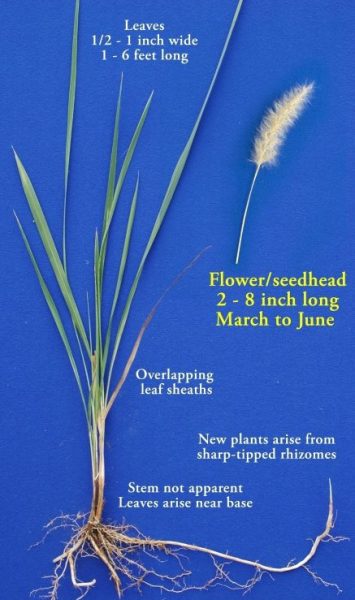
Leaves: 1/2 – 1 inch wide, 1-6 feet long
Flower/seedhead: 2-8 inch long March to June
Overlapping leaf sheaths
New plants arise from sharp-tipped rhizomes
Stem not apparent
Leaves arise near base
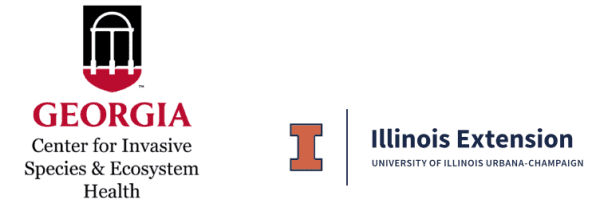
 Nancy Loewenstein, Extension Specialist, Forestry, Wildlife, and Natural Resources, Auburn University; Christopher Evans, Extension Forestry and Research Specialist, UIUC NRES, University of Illinois; and Chuck Bargeron, Director and Senior Public Service Associate, University of Georgia, Center for Invasive Species and Ecosystem Health
Nancy Loewenstein, Extension Specialist, Forestry, Wildlife, and Natural Resources, Auburn University; Christopher Evans, Extension Forestry and Research Specialist, UIUC NRES, University of Illinois; and Chuck Bargeron, Director and Senior Public Service Associate, University of Georgia, Center for Invasive Species and Ecosystem Health
Revised January 2022, Field Guide To The Identification of Cogongrass: With Comparisons to Other Look-a-Like Species, ANR-1349

